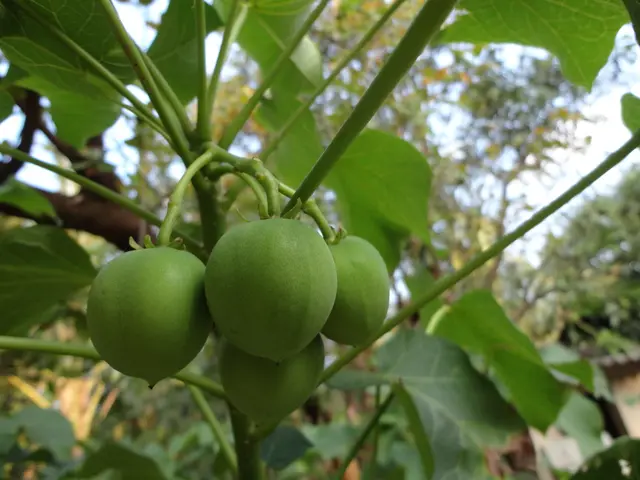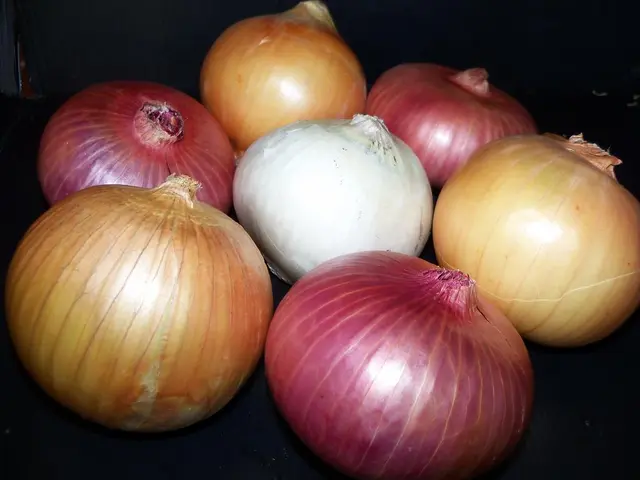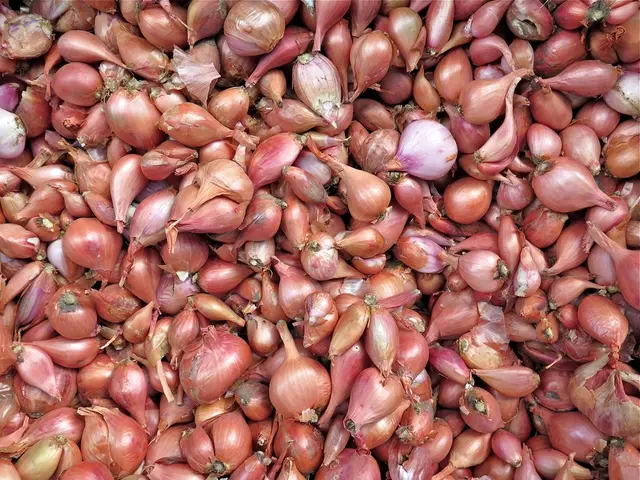Ideal Spots for Growing Roses in Your Flower Bed
Nurturing a Flourishing Rose Garden: Expert Advice
Growing roses can be a challenge, but with the right knowledge, you can cultivate a stunning rose garden that will impress. Here's what the pros have to say about optimal rose garden placement, soil preferences, and space requirements.
- Megan McConnell, horticulturist and plant information director at Monrovia
- Tyler Francis, lead farmer, co-CEO, and founding member at April & Ashley
- Anastasia Borisevich, plant expert at Plantum
Consider Your Rose Variety
Prior to planting your roses, select a location that meets their specific requirements while complementing your garden design. Think about how many blooms you'd like and where they'll create a picturesque spectacle.
"Short ground cover roses are perfect for front borders or to intertwine among other plants in your garden," McConnell shares. "Larger varieties make impressive statements and work well as a backdrop in borders. When combined in large groups, both will give you a spectacular rose garden."
If you live in a windy location, consider offering some protection from strong gusts as they can harm the delicate canes and blooms. Staking them might be necessary.
Find the Perfect Sunlight Spot
Roses thrive best with six to eight hours of direct sunlight per day, preferably in the morning. In hot climates, some midday shade can help your roses stay healthy.
"Your roses will love six hours of morning sun each day," says Borisevich from Plantum. "Let them bask in the sun until mid-afternoon when the heat can be too intense."
While roses may flourish in full sun in cooler regions, in warmer climates, they grow better with morning and late afternoon sun, avoiding the harsh midday heat when possible. Avoid planting roses under trees as the shade can be too much, and falling tree branches can cause physical damage.
Picking Ideal Soil
For optimal growth, plant your roses in well-draining, loamy soil that is rich in organic matter.
"Roses do best in sandy, loamy soil with half-wet, half-dry humus," says Borisevich. Refrain from planting roses in soil that has previously been used for roses as it may result in struggling or dying plants. Drainage is crucial for roses, so avoid using rocks at the base as they can retain heat and harm the roots.
Creating Adequate Spacing
The space required between rose bushes depends on the variety and your garden design. Maintaining proper airflow is key to preventing mildew and fungal diseases like black spot. Keep your roses a healthy distance from other plants to prevent competition for essential nutrients.
"When planting rose bushes, allow about 1.5 to 2 feet between each plant for proper airflow and growth," Francis advises. Pay attention to the individual rose variety's space requirements, as miniature roses require less space while climbing roses and some hybrids require more.
Growing Roses in Containers
Roses don't just thrive in the ground - they can also grow well in containers, making them a versatile and visually appealing option for your garden. For the best results, use containers with at least 15 gallons of space and ensure they have proper drainage.
"One of the most underutilized ways to grow roses is in containers," McConnell explains. "Roses are excellent container plants for many reasons. With containers, you can create the ideal growing conditions, allowing you to place them anywhere in the garden where there is sufficient light and space."
- Megan McConnell suggests that for a picturesque garden, short ground cover roses can be planted near the front border or intertwined with other plants, while larger varieties can make impressive statements as a backdrop in borders, providing a stunning rose garden.
- Anastasia Borisevich advises that for optimal health, roses should be placed in locations with six hours of morning sun and protected from strong winds, as harsh gusts can harm the delicate canes and blooms.
- Tyler Francis recommends planting rose bushes a healthy distance from each other, allowing about 1.5 to 2 feet between them for proper airflow and growth, and paying attention to the individual rose variety's space requirements.
- Growing roses in containers can be a versatile and visually appealing option, with containers having at least 15 gallons of space and proper drainage, making it possible to place them anywhere ideal for light and space.








